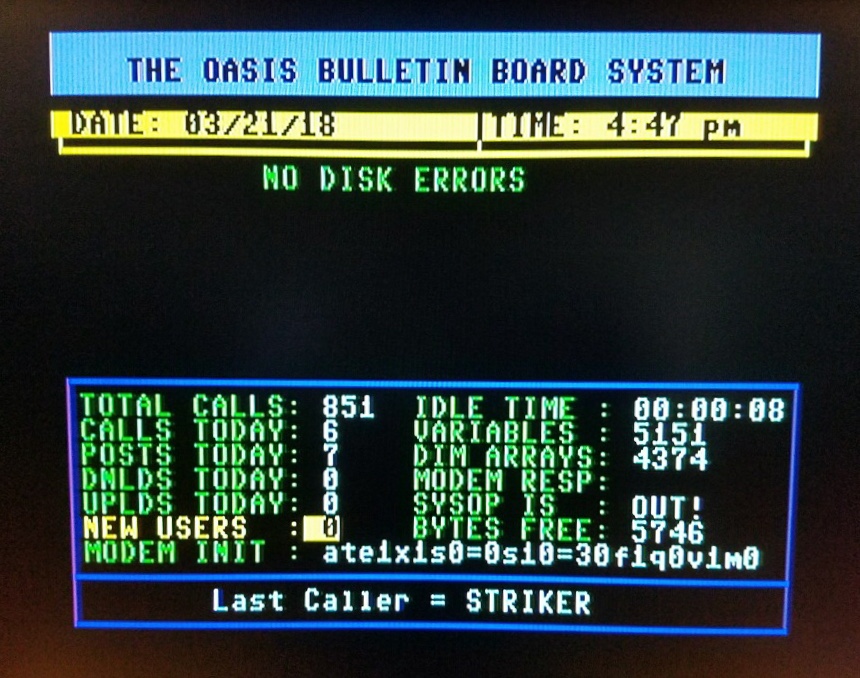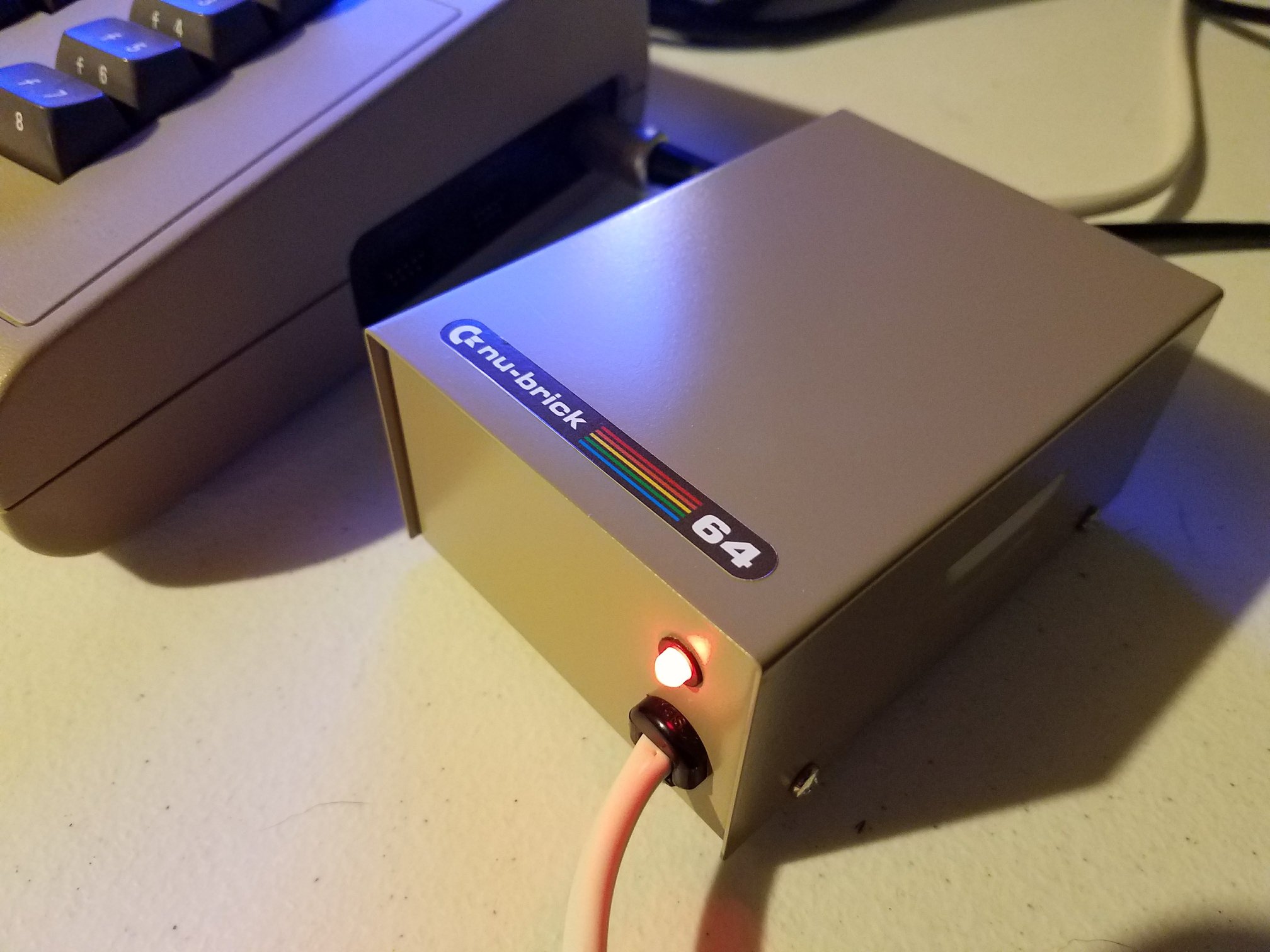Chris Edwards Restoration returns with another hands-on Amiga 1200 repair. This episode begins with an A1200 from Glen in Pennsylvania, who reported issues with the RGB video output. The system displayed a composite signal but nothing through the RGB port. Glenn also requested that Chris remove the modulator, setting the stage for a repair that turned out to be more about discovery than damage.
After unboxing the Amiga 1200 and giving it a quick visual inspection, Chris dives into testing the system’s video output. To his surprise, both RGB and composite signals work perfectly. The Amiga 1200 repair suddenly shifts from “faulty board” to “faulty cable.” He demonstrates the difference between composite and RGB output on his Dell display, showing how clear the RGB signal looks when everything functions as intended.
Next, Chris performs the requested modulator removal. He explains how the component ties into the Amiga’s large ground plane and why a higher-heat soldering iron is needed for the job. His running commentary blends technical explanation with humor, keeping things educational and lighthearted. Once removed, he cleans the board and moves on to system testing.
With the PiStorm 32 accelerator installed, Chris checks both standard RGB and RTG display modes, ensuring flawless video operation. He then tests the PCMCIA port using several CompactFlash cards, confirming that DOS drivers and FAT95 integration work as expected. His demonstration also touches on memory quirks found in earlier Kickstart revisions and how modern firmware resolves them.
By the end of the video, Glen’s Amiga 1200 repair is complete, and another machine lives on. The RGB issue was simply a loose cable, proving that sometimes, the smallest things can cause the biggest confusion.







